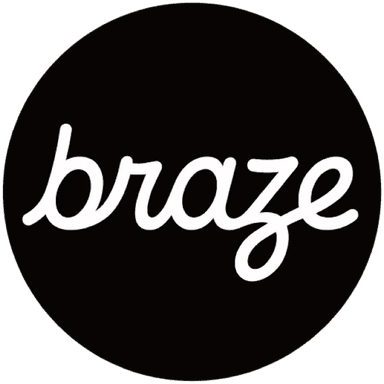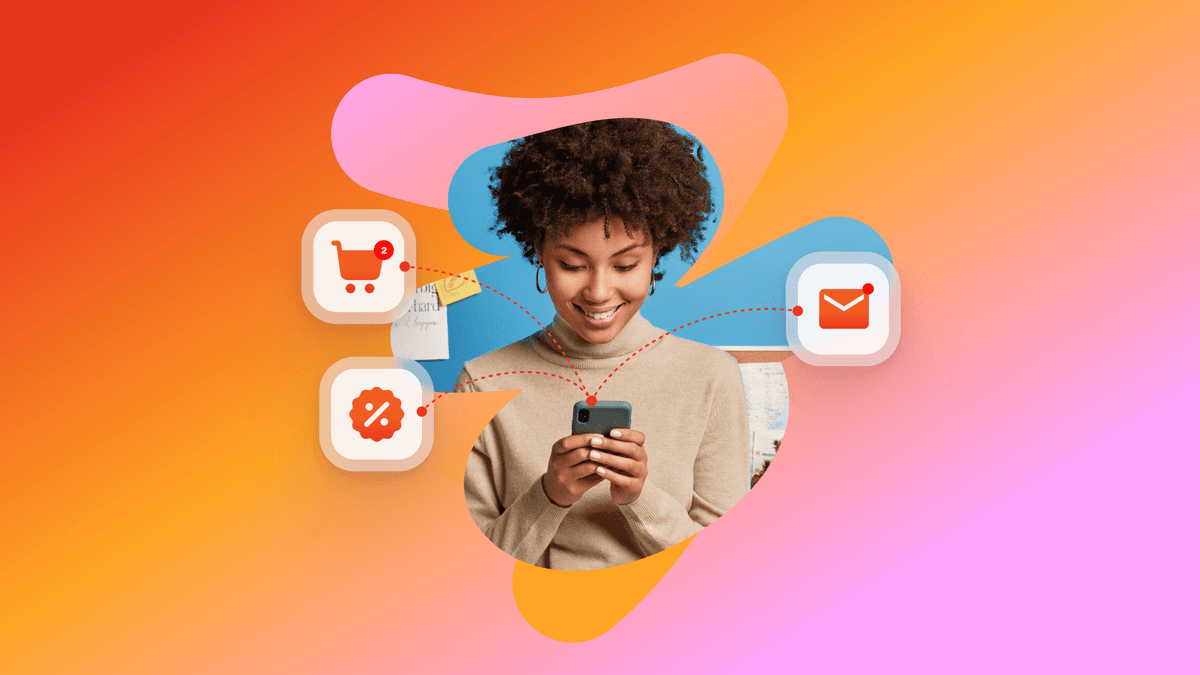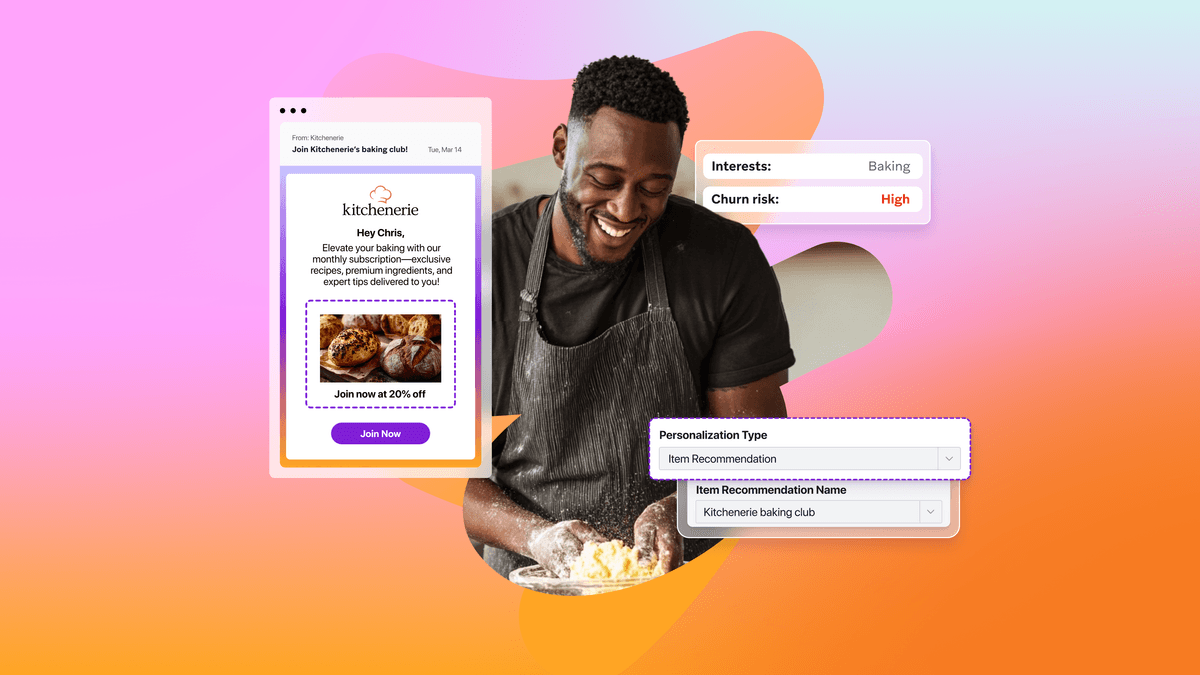Published on September 10, 2025/Last edited on September 10, 2025/11 min read


Customer marketing is about putting your audience at the heart of your growth strategy. Rather than focusing solely on acquisition, it’s about building long-term relationships with the people who’ve already shown up—turning first-time buyers into repeat customers, advocates, and loyal brand champions.
From personalized content and referral programs to product education and community engagement, customer marketing helps brands create value beyond the first conversion. In this article, we’ll explore what customer marketing means, how it differs from traditional marketing, and how to use it to boost retention, loyalty, and revenue.
Contents
Customer marketing is the practice of engaging and nurturing existing customers to drive retention, loyalty, advocacy, and long-term value. It focuses on the post-acquisition stage of the customer lifecycle, using data, communication, and personalized experiences to build stronger relationships.
Unlike one-off promotional pushes, customer marketing is an ongoing effort. It includes tactics like loyalty programs, product adoption journeys, referral campaigns, community-building initiatives, and targeted content that deepens engagement and encourages repeat business.
Customer marketing offers a way for brands to stay connected with their audience, providing continued value that keeps customers invested in the experience.
Traditional marketing tends to focus on acquisition—grabbing attention, generating leads, and converting new customers. It’s often campaign-driven, designed to move prospects through the funnel toward that first purchase.
Customer marketing, on the other hand, begins after the conversion. It’s built around deepening the relationship, not just sparking it. Instead of asking “How do we get more people in the door?”, customer marketing asks “How do we keep people coming back?”
While acquisition campaigns might prioritize reach, impressions, and conversions, customer marketing is measured by retention, engagement, loyalty, and customer lifetime value. It prioritizes meaningful, relevant interactions with the people who already know your brand—helping them find more reasons to stay.
Traditional Marketing | Customer Marketing |
|---|---|
Focuses on acquisition and new leads | Focuses on retention, loyalty, and existing customers |
Campaign-driven, aiming for first conversion | Ongoing communication that supports long-term engagement |
Prioritizes reach, impressions, and conversions | Prioritizes CLV, retention, and engagement |
Often built around broad personas | Built around real behaviors, data, and preferences |
Funnel-oriented: Awareness → interest → action | Lifecycle-oriented: Onboarding → loyalty → advocacy |
Success = new customer growth | Success = deeper relationships and higher lifetime value |
A strong customer-based marketing strategy starts with understanding who your customers are, what they need after purchase, and how you can deliver continued value. That means moving beyond broad segments and focusing on real behaviors, preferences, and goals.
Here’s a simple framework to get started:
Use data to group customers by lifecycle stage, purchase frequency, product usage, or potential value. This makes it easier to deliver the right message to the right group.
Journey mapping helps you identify key decision moments, friction points, and opportunities to engage. With this knowledge you can design connected experiences that reflect how customers actually move through your brand.
Active customer campaigns need tactics like loyalty programs, product tutorials, feedback requests, and targeted offers to keep customers engaged. Make messages feel timely and relevant.
Whether it’s email, in-app messaging, SMS, or social, focus on the channels your customers actually use. Consistency across touchpoints builds familiarity and trust.

Use retention and engagement data to track what’s working, what’s missing, and where you can improve. A good strategy evolves with your audience.
Customer marketing is a long-term play, but its impact is trackable. Measuring the right signals helps you understand what’s resonating, where there’s room to improve, and how your efforts are driving retention and revenue.
Here are the key metrics to track:
Measures the total revenue a customer is expected to generate during their relationship with your brand. Growth here suggests deeper loyalty and stronger engagement.
Indicates customer satisfaction and likelihood to recommend. A high NPS often correlates with brand advocacy and word-of-mouth growth.
Shows how many customers continue to buy or engage with you over time. A rising retention rate signals that your marketing is creating value beyond the first purchase.
The percentage of customers who return for a second purchase. It’s a strong indicator of ongoing relevance and satisfaction.
Includes email open rates, click-throughs, in-app activity, loyalty program participation, or time spent in your community. These help paint a picture of ongoing customer interest.
Revenue from upsells, cross-sells, or additional purchases. It shows whether you’re successfully growing each customer’s value.
No single metric tells the full story, so it’s important to track a blend that reflects your goals and be able to adjust it as your customer marketing strategy evolves.
Customer marketing works best when it supports the full post-purchase journey. These strategies help strengthen loyalty, drive repeat revenue, and turn satisfied customers into vocal advocates.
Well-designed loyalty programs reinforce preferred behavior and offer status, recognition, or exclusive benefits that make customers feel valued. Tiered structures (e.g., silver/gold/platinum) can reward longevity, while gamified elements like points or badges encourage repeat purchases and engagement. Consider integrating with your app or email program so updates feel seamless and personalized.
Referral programs tap into trust by letting existing customers recommend your brand. To get real traction, make the offer valuable and friction-free. Provide easy-to-share links, dual-sided rewards (e.g., “Give $10, Get $10”), and follow-up emails to nurture the referred lead.
Personalization goes beyond using a first name. With the right data, you can tailor product recommendations, learning resources, or messaging based on what each customer has browsed, bought, or ignored. For example, a customer who purchased a beginner product might receive a tailored onboarding series, while a repeat buyer might get cross-sell suggestions or VIP perks. Use behavioral triggers to send this content at just the right moment.
A smooth onboarding experience is key to retention—especially in software as a service (SaaS) and subscription-based models. Offer multi-step tutorials, interactive guides, milestone messaging, and contextual tips based on actual usage. Ongoing education can also reduce churn by helping customers discover features they might not use otherwise.
Use first-party data to recommend relevant upgrades or complementary products. A customer who recently bought a camera might appreciate an email about lenses or accessories—just not too soon. The timing, tone, and relevance of these offers matter. Avoid blanket promotions and instead use predictive segmentation to identify who’s most likely to convert.
Feedback isn’t just for product teams. Marketers can use surveys, reviews, and post-purchase questions to gather insights that inform messaging and customer journeys. Follow up on feedback with action. Share what you’ve improved or highlight customer suggestions that became reality. Closing the loop builds trust and shows customers their voice matters.
Brands that foster community create stickiness beyond the product. Whether it’s a private Slack group, online forum, social hashtag, or in-person event, these spaces let customers connect with each other and with your team. Engaged communities often surface content ideas, product insights, and brand advocates organically.
When engagement drops, smart brands rethink timing, message, and incentive. Use behavioral data to understand why someone might have disengaged. Then segment your audience and send targeted win-back campaigns—“We miss you,” “Still interested?”, or “Here’s 10% off to come back”—using channels like email, SMS, or push. Include a clear CTA, and test different offers to see what performs.
Celebrate key moments—a customer's 1-year anniversary, usage milestones, or loyalty point thresholds. Personalized emails or in-app messages that mark these occasions help build emotional connection and brand affinity.
Invite top customers to become brand ambassadors through early access programs, exclusive events, or community spotlight features. These advocates drive authentic content, reviews, and referrals from motivated fans.
Customer marketing has just as much impact in B2B as it does in B2C. For service-based businesses or companies with long sales cycles, the relationship doesn’t stop at the contract—it evolves through each touchpoint that follows.
To keep clients engaged, teams need consistent, value-driven communication that supports progress, highlights results, and opens doors to future growth.
A strong client marketing program supports everything from account expansion to long-term loyalty. Here’s what it can include:
Client marketing should feel like a partnership built on relevance, trust, and shared momentum. When that foundation is in place, retention and referrals tend to follow.
Customer expectations are rising, which makes it harder to keep them engaged. To meet that challenge, marketing teams need tools that support speed, relevance, and flexibility, without creating silos or bottlenecks.
The right platform should include:
You’ll want the ability to group customers based on behavior, preferences, or value—and trigger messages the moment a key action (or inaction) occurs.
Look for a platform that supports email, SMS, in-app messaging, push notifications, and more—all from a single place. Consistent communication across touchpoints builds familiarity and trust.
Visual journey builders make it easier to design flows that adapt to real behavior—whether that’s completing onboarding, making a repeat purchase, or referring a friend.
The best platforms can pull in first-party data, product usage, and customer attributes to personalize messages in real time, not just insert a name.
You’ll need access to A/B testing, conversion tracking, and engagement analytics to see what’s working and optimize without waiting on another team.
As your customer base grows, your tools should keep pace—supporting higher volumes, more channels, and increasingly complex journeys without extra overhead.
Choosing a platform with these capabilities sets your team up to deliver consistent, valuable interactions that grow loyalty and lifetime value at scale.
Retention, loyalty, and advocacy don’t happen by accident. They’re built through thoughtful, ongoing engagement that adds value well beyond the first purchase. Customer marketing gives brands the structure to do exactly that—turning one-time buyers into long-term supporters.
Getting started doesn’t require a complete overhaul. Focus on one stage of the customer journey, one segment, or one channel, and build from there. Small, consistent improvements can lead to large gains in customer satisfaction and lifetime value.
With the right approach, and the right tools, it becomes a lot easier to create moments that matter.
Customer marketing is the practice of engaging and nurturing existing customers to increase retention, loyalty, and lifetime value. It matters because it's typically more cost-effective to retain customers than acquire new ones—and loyal customers often spend more, refer others, and stay longer.
Customer marketing often refers to B2C strategies focused on individuals, while client marketing applies to B2B relationships. Both aim to deepen post-purchase engagement, but client marketing typically includes more personalized outreach, account-based content, and long-term relationship building.
A customer-based marketing strategy might include loyalty programs, referral campaigns, product onboarding, personalized content, upsell/cross-sell offers, and community-building initiatives. Each tactic is designed to support different stages of the customer lifecycle.
Success can be measured through retention rate, Net Promoter Score (NPS), Customer Lifetime Value (CLV), repeat purchase rate, engagement metrics, and expansion revenue. Tracking these KPIs helps marketers understand impact and optimize performance.
Customer engagement platforms with real-time segmentation, journey orchestration, cross-channel messaging, and performance analytics help teams scale their efforts efficiently. Look for tools that support automation, personalization, and unified customer data.
Sign up for regular updates from Braze.




